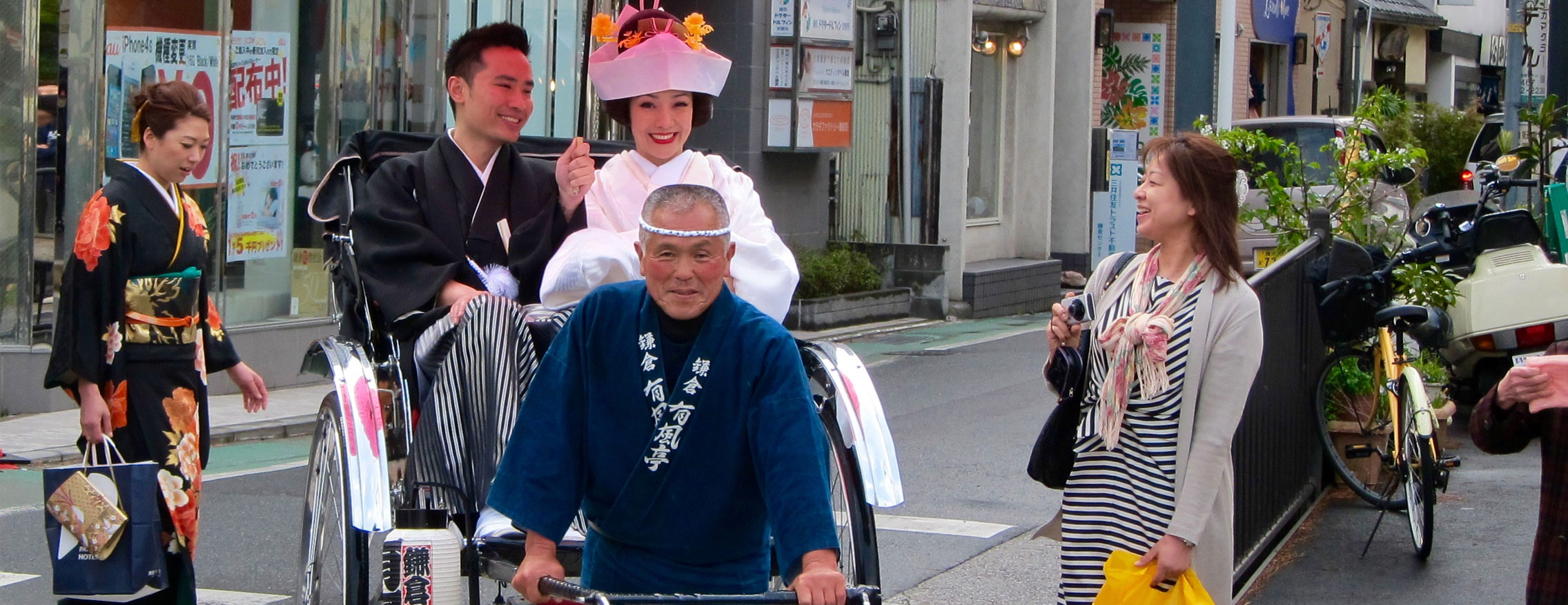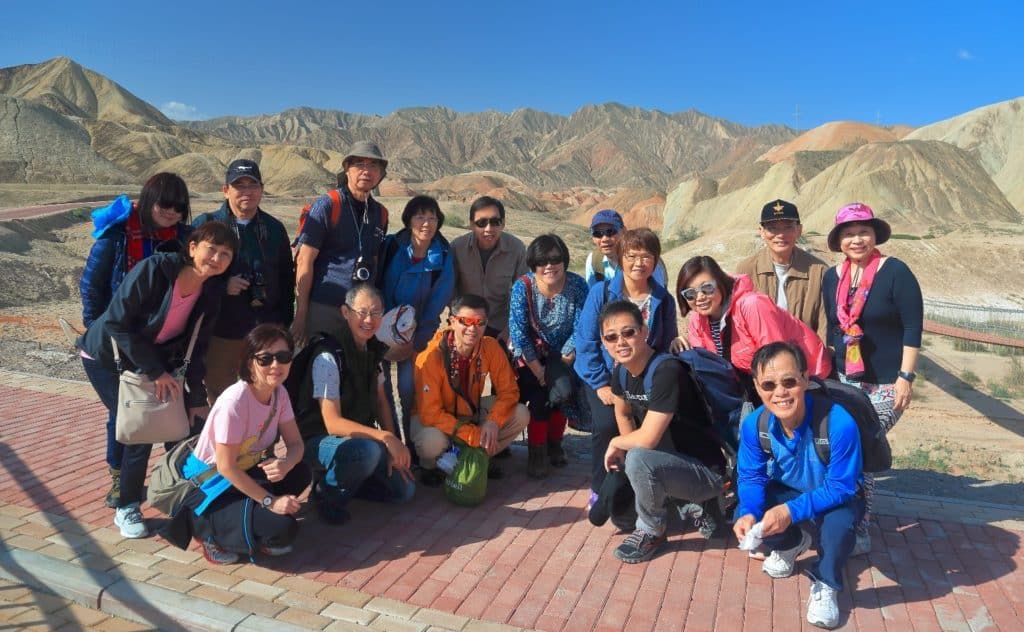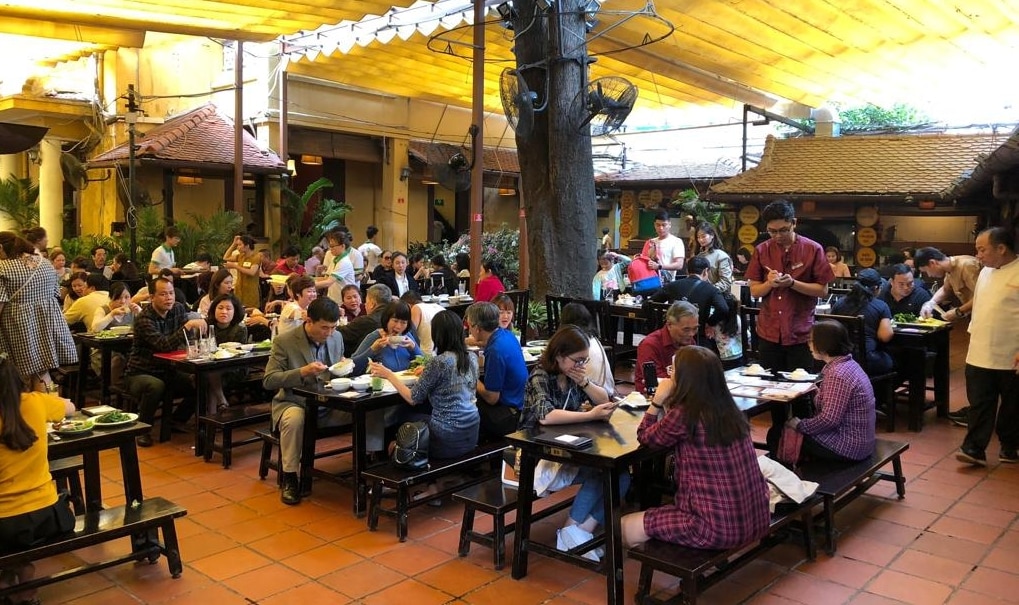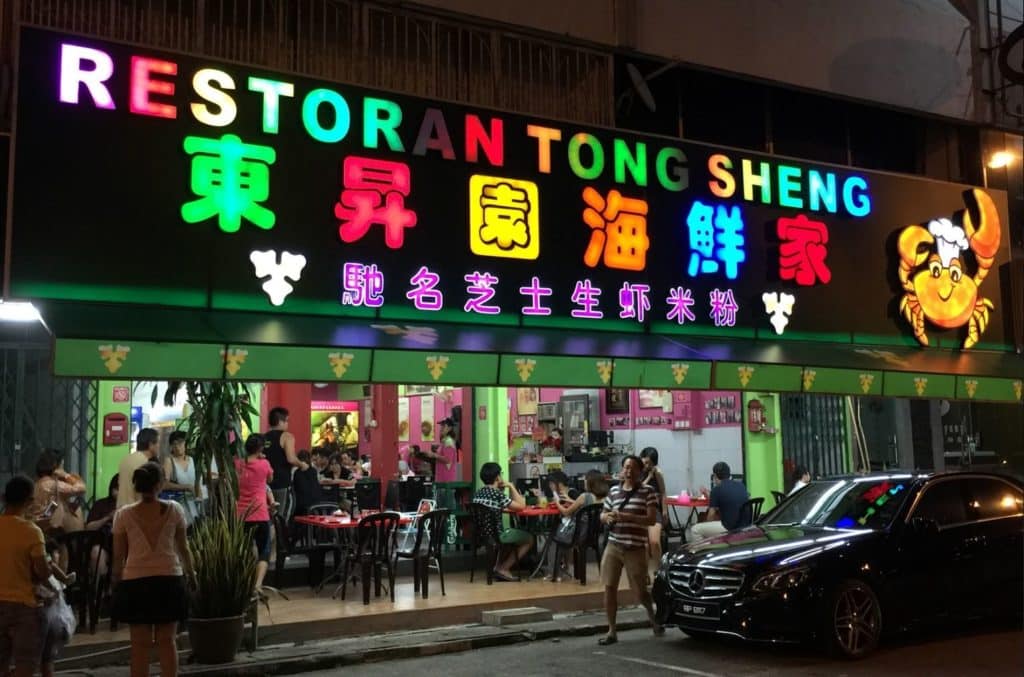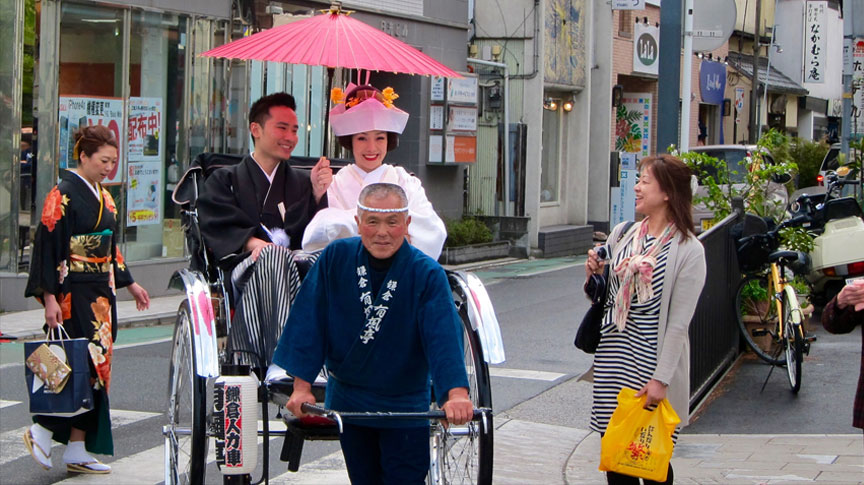
[dropcap type=”full” ]A[/dropcap]lthough much closer in distance to the modern capital than the imperial capital of ancient times (Kyoto), Kamakura is anything but the neon signages and bustling chaos synonymous with its neighbour, Tokyo. Here, travelling locals fill the streets and families follow the pilgrimage route to restore their prosperity and health. It is no surprise then that Kamakura has long been known as the Kyoto of Eastern Japan.
Once the de facto capital during the Kamakura period (year 1185–1333), Kamakura has always been a well-kept treasure of spirituality, culture and history in Japan. What makes Kamakura truly special though, is that it seems like your usual tourist site, but is really made for locals. As such, a distinct local flavor resides in the city.
Even along the bustling Komachi-Dori just out of the main station, vivid banners and prices are in Japanese, and snacks like fresh senbei (煎餅rice crackers) and nikuman (肉饅meat buns) cater to the locals more than the average foreign tourist.
[photogrid ids=”805,809,808″ captions=”yes” columns=”three” fullwidth=”yes” ]
Whilst walking toward Kōtoku-in, a Buddist temple known to be Kamakura’s main attraction, I dove into a quaint stall famous for its purple sweet potato ice cream (紫芋のアイス murasaki no aisu). The chilly weather today called for warmer fare however, and I left instead with a sweet potato croquette (紫芋コロッケ murasaki imo korokke) browned to perfection. Lightly breaded but still hearty, I made a resolution to stop by on the way back for more.
Elsewhere, throngs of pilgrims and visitors walk along Dankazura, a pedestrian path that leads to the grandiose Tsurugaoka Hachimangu Shrine, Kamakura’s most important shrine. During springtime, a spectacular canopy of white and pink shrouds the street, turning the walking path into a mystical boulevard.
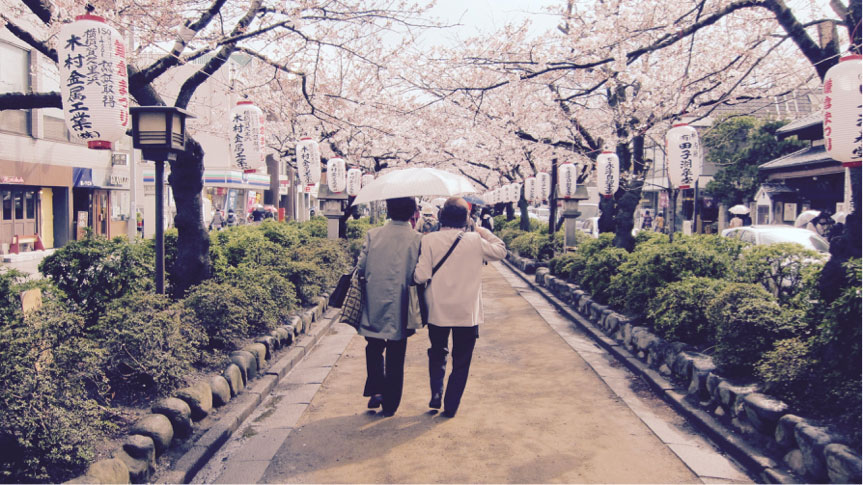
At the shrine, a local man related to me the colourful history of the shrine and told of its popularity among couples as a wedding locale, telling of how a wedding at the shrine practically boasts a high standing in society. Minutes later, true to form, a couple rolled into view on a Jinrikisha (rickshaw), tailed by a well-dressed entourage.
While families and the elderly populace stroll through the ornate streets of the temples and shrines trail, the young rush to the south where Kamakura keeps popular beaches. With lapping waves of the Sagami Bay upon the wistful shore, the beach also provides the perfect stroll by early evening.
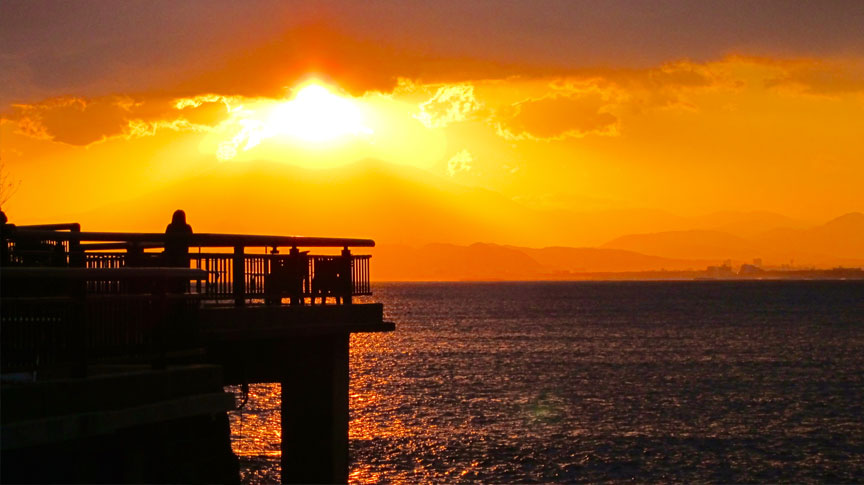
As shutters come down for the day, the sun too retires behind the majestic silhouette of Mount Fuji in the distance, making for a serene viewing, the perfect backdrop to lose yourself in reflection.
As day turns to night, burn the image of Kamakura deep into your memory before plotting your way back to Tokyo city for dinner plans that won’t matter; the highlight of the day is over.
Getting to Kamakura:
JR Yokosuka Line from Tokyo station takes just under an hour. Taking the same line from Shinagawa station takes about 45 minutes. From Yokohama, the same line takes just under 30 minutes.
Snacks from Kamakura to try:
- Sweet potato Ice Cream 紫芋のアイス Murasaki no aisu
- Sweet potato Croquette 紫芋のコロッケ Murasaki no korokke
- Fresh senbei 煎餅 Senbei
- Hato Sabure (Dove shaped cookies) 鳩サブレー
- Kamakura, the Little Kyoto just South of Tokyo - October 26, 2015
- A Hostel Experience at an Osakan Guesthouse - October 20, 2015
- How Not to Get to Your Hostel in One Piece - October 12, 2015
